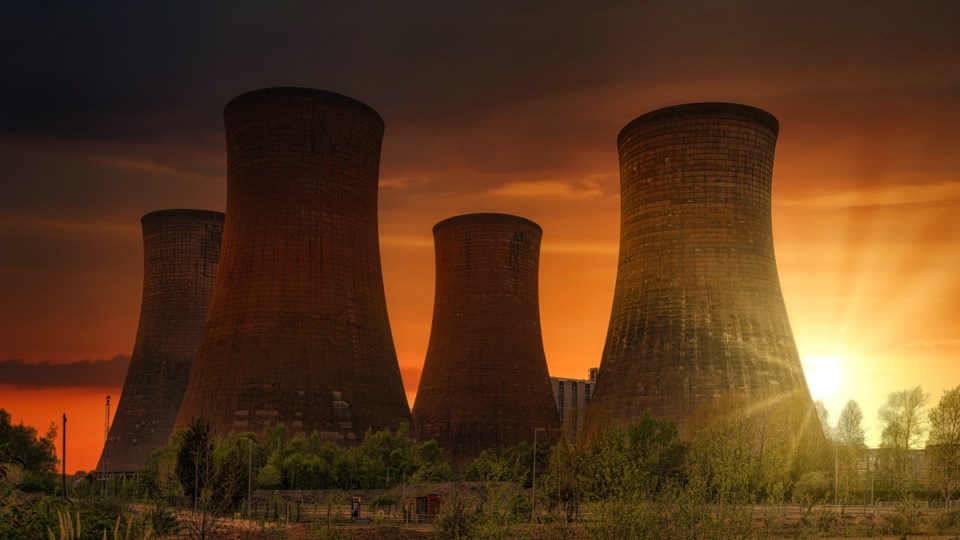BarrieToday welcomes letters to the editor at [email protected]. Please include your daytime phone number and address (for verification of authorship, not publication). The following letter is from Colin Hunt, co-chair of government and regulatory affairs for the Canadian Nuclear Society, in response to a column titled 'BURSZTYN: Darlington reactor project sets off alarm bells,' published on Jan. 2.
*************************
There were several factual errors in the opinion piece by Peter Bursztyn.
These errors include:
1. “Nuclear is an inherently costly technology with a considerable amount earmarked for safety.”
Nuclear power is strictly regulated by the Canadian Nuclear Safety Commission (CNSC) resulting in it being by far the safest way to produce electricity in terms of work-place accidents compared to any other source of electric power. The costs of meeting regulatory requirements are fully included in the cost of power.
2. “Obvious potential competitors include hydroelectricity from Quebec and Manitoba.”
Large-scale electricity purchases from Quebec are not possible without considerable additional capital investment in interties, as Hydro-Quebec’s power is out of synchronization with the rest of North America. Additional purchases of electricity on a firm purchase basis from Manitoba are not possible without construction of Conawapa by Manitoba Hydro and construction of additional transmission capacity by building the Bipole 3 transmission line. These would need regulatory approval, with all the costs and delays that this implies.
3. Construction of meeting Ontario’s electricity supply needs by intermittent wind/solar was attempted by the previous administrations under premiers Dalton McGuinty and Kathleen Wynne.
The result was the disintegration of part of Ontario’s medium manufacturing economy and the termination of auto manufacturing at General Motors in Oshawa. Wynne admitted last month that the Green Energy Act of 2009 was a mistake for its adverse effects on Ontario’s electricity costs.
4. “All thermal power plants waste energy, usually 60 to 70 per cent of the energy in their fuel.”
This is a function of basic physics (i.e., thermodynamics) of all thermoelectric plants that use water for a heat transfer system, known as Carnot cycle engines. It is unavoidable regardless of fuel source used in such thermoelectric plants.
There are no adverse environmental effects, because the temperature of any such warm water discharges is strictly controlled by the regulation and operating licences of all nuclear power plants.
Moreover, the energy not used to produce electricity can be used for other purposes, such as district heating.
5. “The cheapest, by a considerable margin, is Quebec’s hydroelectricity.”
For the technical reasons noted in No. 1, this is unavailable to Ontario. Even if the technical difficulties could be surmounted, this would mean that Ontario would be bidding against the other customers of Hydro-Quebec’s electricity in the United States, and hence unavailable to Ontario at the rates claimed by the Ontario Clean Air Alliance.
In conclusion, nuclear power has been the mainstay of Ontario’s electricity supply for more than 45 years, currently producing 60 per cent of Ontario’s daily electricity production while comprising only 34 per cent of installed generating capacity.
As Ontario’s base load electricity supply it has been the lowest cost source of generation excepting only Ontario’s own hydraulic generation. Of this latter, there is no remaining undeveloped capacity anywhere in the province.
Colin Hunt
Barrie
*************************



